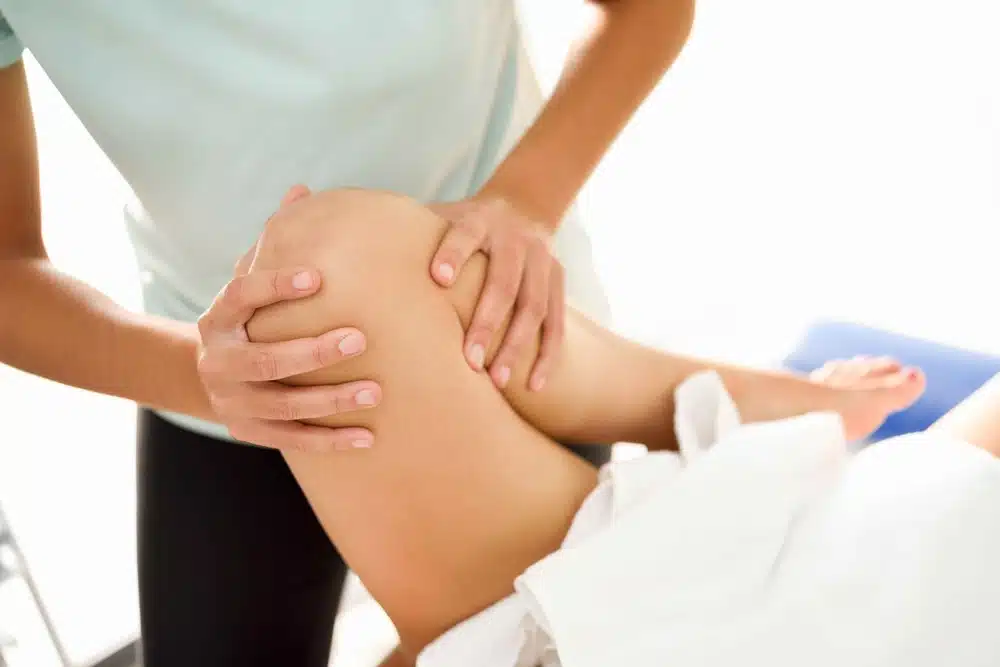Neuromuscular Massage: Advanced Therapeutic Treatment
Neuromuscular massage therapy is a highly advanced and focused approach in the realm of therapeutic bodywork. By addressing specific trigger points, nerve compression, and postural distortions, it aims to alleviate discomfort and restore functionality. A professional massage therapist in American Fork can guide you through this targeted technique, helping you understand its principles and applications to determine if it suits your individual needs.

Core Principles of Neuromuscular Therapy
Neuromuscular therapy operates on the understanding that pain and dysfunction often stem from patterns of nerve compression, trigger points, and postural irregularities within the body. This approach emphasizes the interplay between the nervous system and soft tissues, focusing on how nerve pathways impact muscle performance and pain. Practitioners use an in-depth understanding of anatomy to pinpoint areas where nerve irritation or compression occurs and how it affects surrounding tissues. The goal is to restore normal function by addressing these dysfunctions through precise manual techniques.
Assessment and Treatment Techniques
A neuromuscular massage session begins with a comprehensive evaluation of posture, movement patterns, and areas of pain or restriction. The therapist applies manual pressure to identify trigger points and assess tissue dysfunction. Techniques such as sustained pressure, friction, and movement analysis are used to gauge tissue response. During treatment, specific pressure is applied to trigger points using thumbs, fingers, or knuckles, working deeply into the affected tissues. The pressure is held for 8-12 seconds while the therapist observes tissue response and client feedback, ensuring a customized and effective treatment.
Conditions and Applications
Neuromuscular therapy addresses a variety of conditions, including chronic pain syndromes, sports injuries, and postural issues. It is particularly effective for managing carpal tunnel syndrome, thoracic outlet syndrome, temporomandibular joint (TMJ) disorders, and sciatica. Additionally, it can help with muscle-specific conditions such as tennis elbow, golfer's elbow, and tendinitis. Athletes often use this therapy to improve performance and prevent injuries by correcting movement patterns that might lead to future complications.
Integration with Other Therapies
Neuromuscular massage is often most effective when combined with other therapeutic techniques. Physical therapy exercises, postural adjustments, and movement education complement the hands-on treatment provided by neuromuscular therapy. Practitioners may also suggest specific stretches or exercises to prolong the benefits of the sessions. Integrating this therapy with other modalities, such as Swedish massage or myofascial release, creates a comprehensive approach that addresses immediate pain relief and promotes long-term functional improvement.
Treatment Protocols and Expectations
A typical session lasts 60-90 minutes, allowing ample time for assessment and treatment. Initial plans often include weekly sessions for 4-6 weeks, followed by reassessment to determine the frequency of further treatments. Some clients may experience temporary soreness post-session, akin to muscle soreness after exercise, which generally subsides within 24-48 hours. Staying hydrated and engaging in light movement can help alleviate this discomfort. Noticeable results are often achieved after 3-4 sessions, though complex cases may require extended treatment. Active participation from clients, including providing feedback during sessions and adhering to home care recommendations, is crucial for optimal outcomes.
Other related articles:
- The Science Behind Massage Pleasure: Understanding Your Body's Response
- Self-Massage Techniques for Digestive Relief: Stomach Massage
The post Neuromuscular Massage: Advanced Therapeutic Treatment appeared first on Body Balance Massage and Float.
Article Source : bbmassageandfloat.com/neuro...